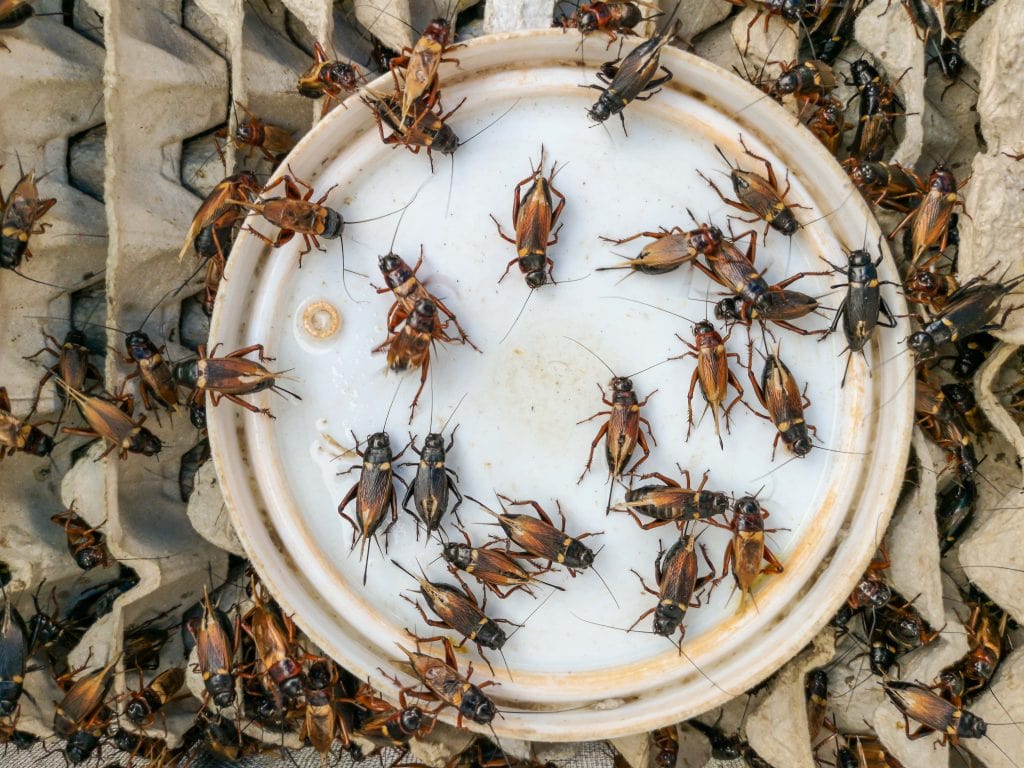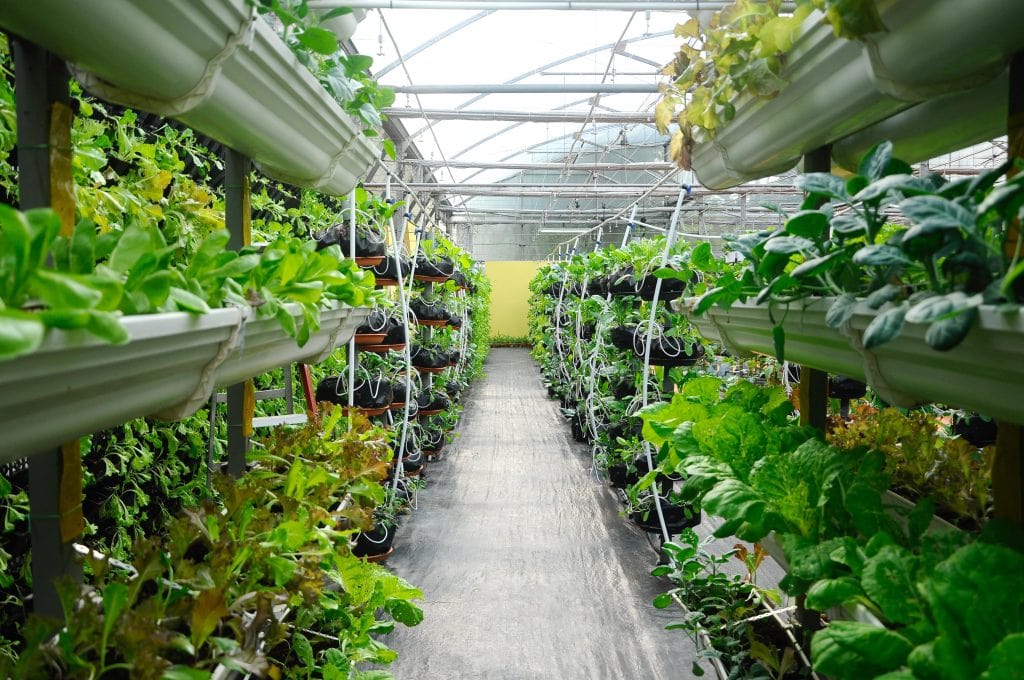Chapter 6. Trends and innovation in food
Towards a circular food chain
By Celia Holt
“To meet the challenge of a growing population, dietary changes must be combined with improved food production and reduced food waste to ensure a sustainable approach.”
Numerous trends are changing the way we produce and consume our food and many of these have the potential to reduce the occurrence of food waste, utilise any waste that does arise and reduce the carbon footprint of the entire food supply chain.
Our current agricultural model is unsustainable. Looking for alternative food sources is critical. This trend is particularly strong in the area of traditional protein sources such as, red meat, poultry and fish.
Food manufacturers are looking at alternatives such as seaweed and microalgae such as Spirulina. These rapid growth-cycle high protein microalgae can produce ingredients that can boost the protein content of products such as pasta or animal feeds.
Insect farming start-ups are beginning to see early success with numerous product launches, especially in the snacking market. They are able to support a circular economy food chain whereby food waste from factories, retailers and consumers is channelled back as food for insect farms which rapidly process the waste back into new food ingredients or high protein animal feeds, therefore creating a cycle within the existing food cycle.
This trend is being amplified by a growing interest in healthy eating. Conscious consumers are driving a vegan trend such as Veganuary and producers are responding with more vegetarian substitutes.
At the same time, interest in British produce has never been greater and this will continue to drive innovative solutions to ensure we can grow our own and supply internationally.
Technology is being applied to increase productivity in UK home produced fruit and veg. The application of horticultural technologies such as Aquaculture using hydroponics, Red LED, colonies of resident insects for pollination and now robotic harvesting are moving from bench to farm as improving yields. At the same time giant greenhouses, similar to those seen in parts of Holland and France are appearing in Kent and Suffolk.
With fish consumption set to grow at 19% by 2026, global aquaculture is expected to exceed 100 million tonnes by 2025. The Oceanus Group’s collaborative $500m project, a self-sustainable Aquapolis City off the coast of Singapore, is a marine facility that will integrate the farming of seaweed, vegetables and fish with renewable technology and sustainable resources such as rainwater and solar energy.
The collaborative application of artificial intelligence and big data in the food industry will enable us to develop a digital self, where every aspect of our dietary and medical history, together with our taste preferences, will be used to determine our future behaviours and food choices.
Urban indoor vertical farms, which are springing up on brownfield sites and using abandoned tunnels beneath London, are a great example of recycling old spaces. Both are attracting investments for the future production of food close to populations to ensure freshness and a ready market of consumers.
There is growing recognition that physical and mental wellbeing starts with the gut and the microbiome. Innovation in this space is rampant. Inclusion of probiotic (good bacteria), prebiotic (substrate for good bacteria) ingredients, Nootropics and a flurry of fermentation drinks is driving the number of new products available.
Meanwhile, moves by consumers to buy more food online, direct from growers and food producers is opening new opportunities to deliver more profit back to the farmers. Retailers in Asia are luring consumers by growing their own produce in greenhouses on their rooftops, so that customers can pick their own tomatoes as they shop.
Drone or driverless delivery from your favourite takeaway and the replenishment of your groceries through smart technology are all possible in the coming few years.
Floral ingredients are being incorporated into flavour combinations in food and beverages. Floral tonalities offer new experiences, aromatic escapes and have strong healthy connotations, enhancing a product’s colour and texture.
Innovation means doing things differently – but better – for the consumer.
Ceila Holt is owner of Chilfoods Solutions. Previously she was head of innovation at Two Sisters Food Group and spent 18 years in senior roles with Marks & Spencer, Dairy Crest and Unigate.
Click to download the full report
Pelican Communications is a specialist in the environment & CSR, food, packaging & logistics and trade association sectors and offers a range of services such as strategy, design, content creation, public relations and people development.
Contact us for marketing and communications expertise.


